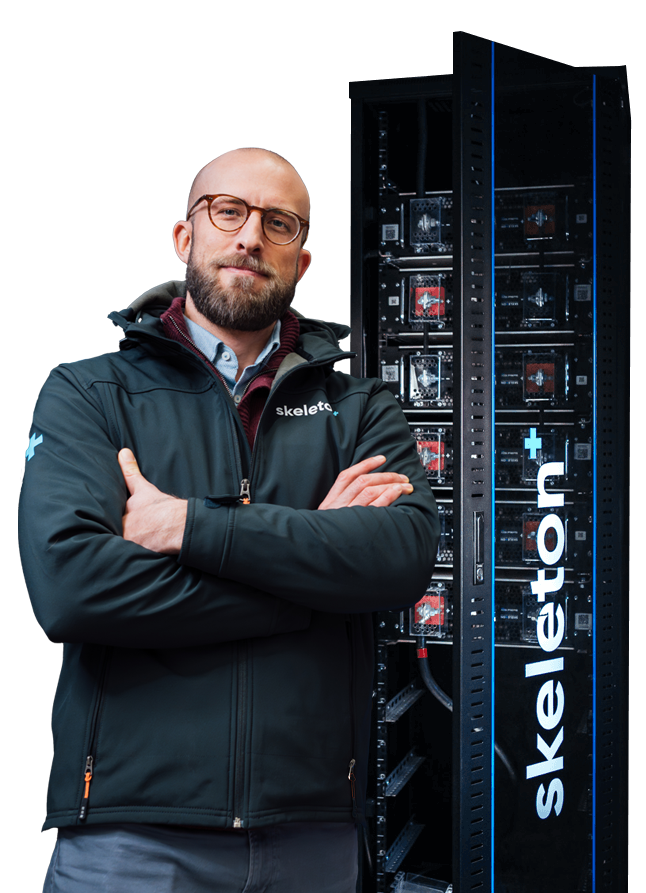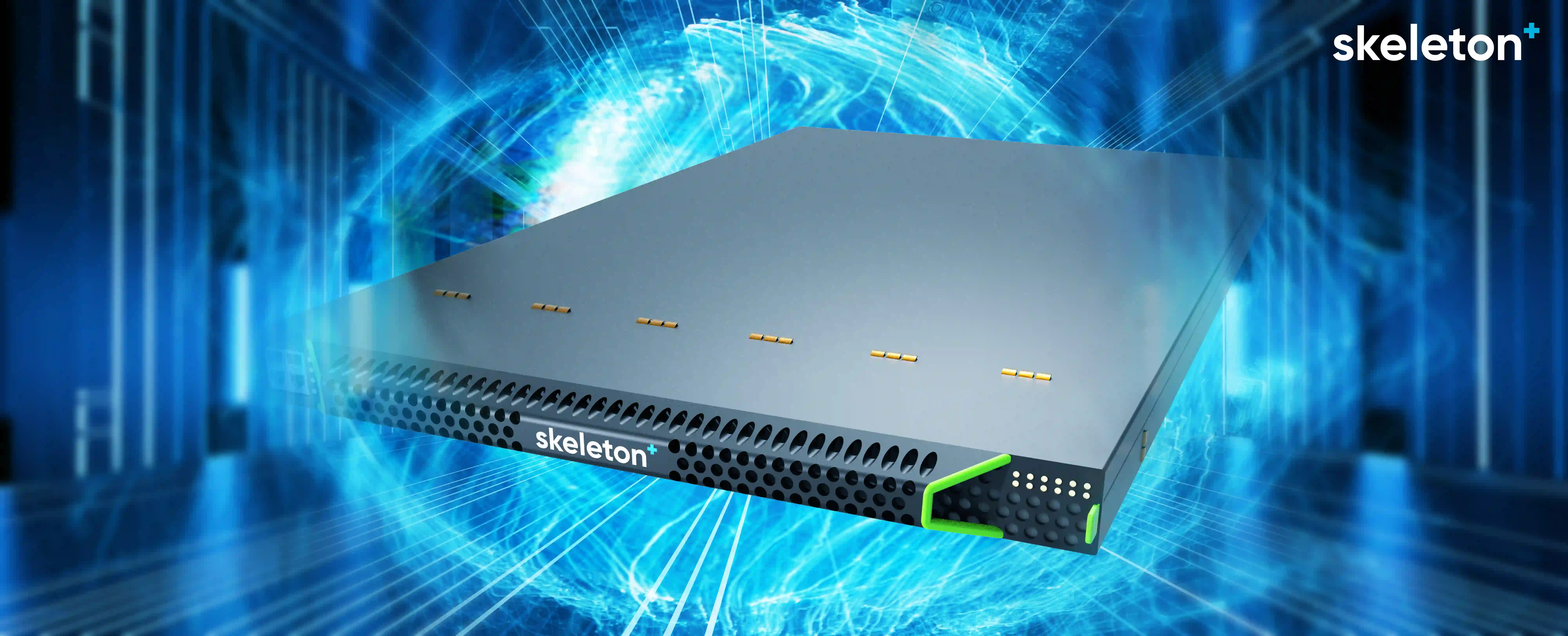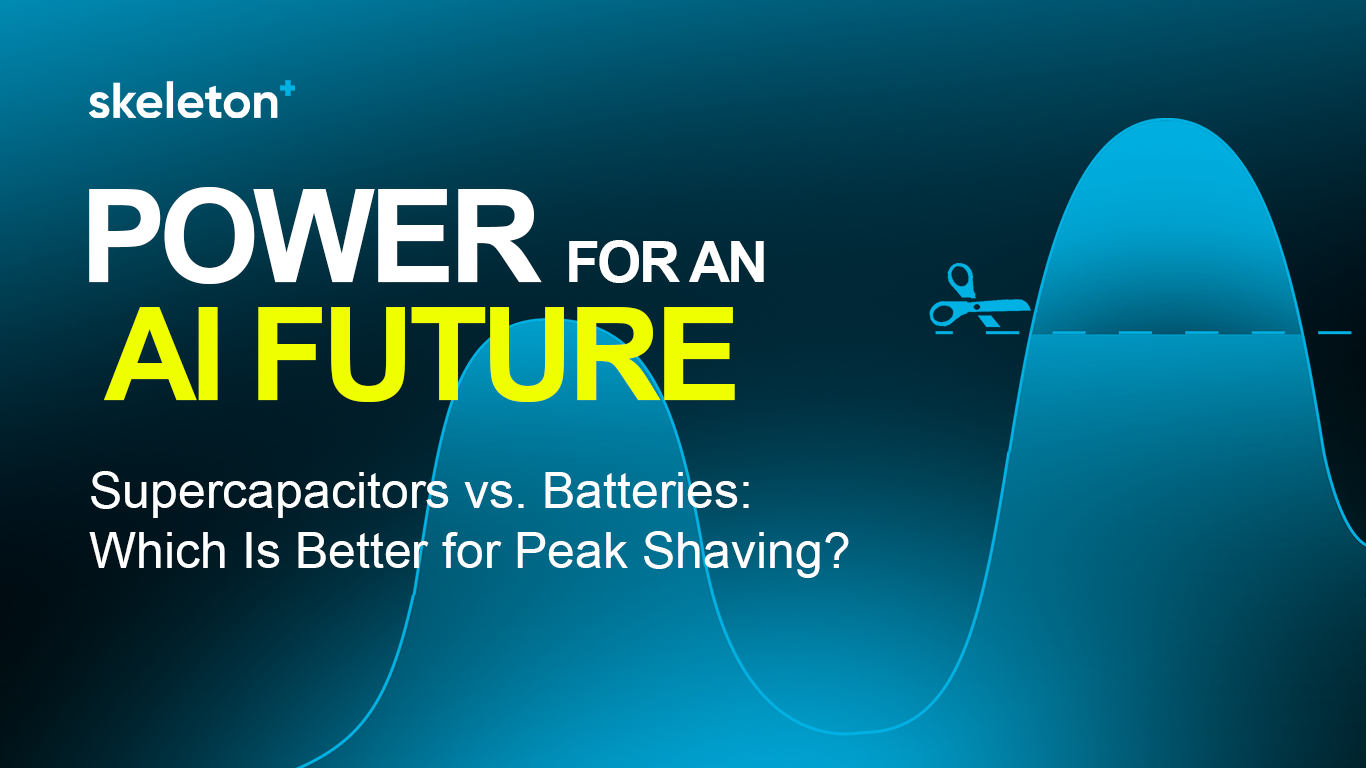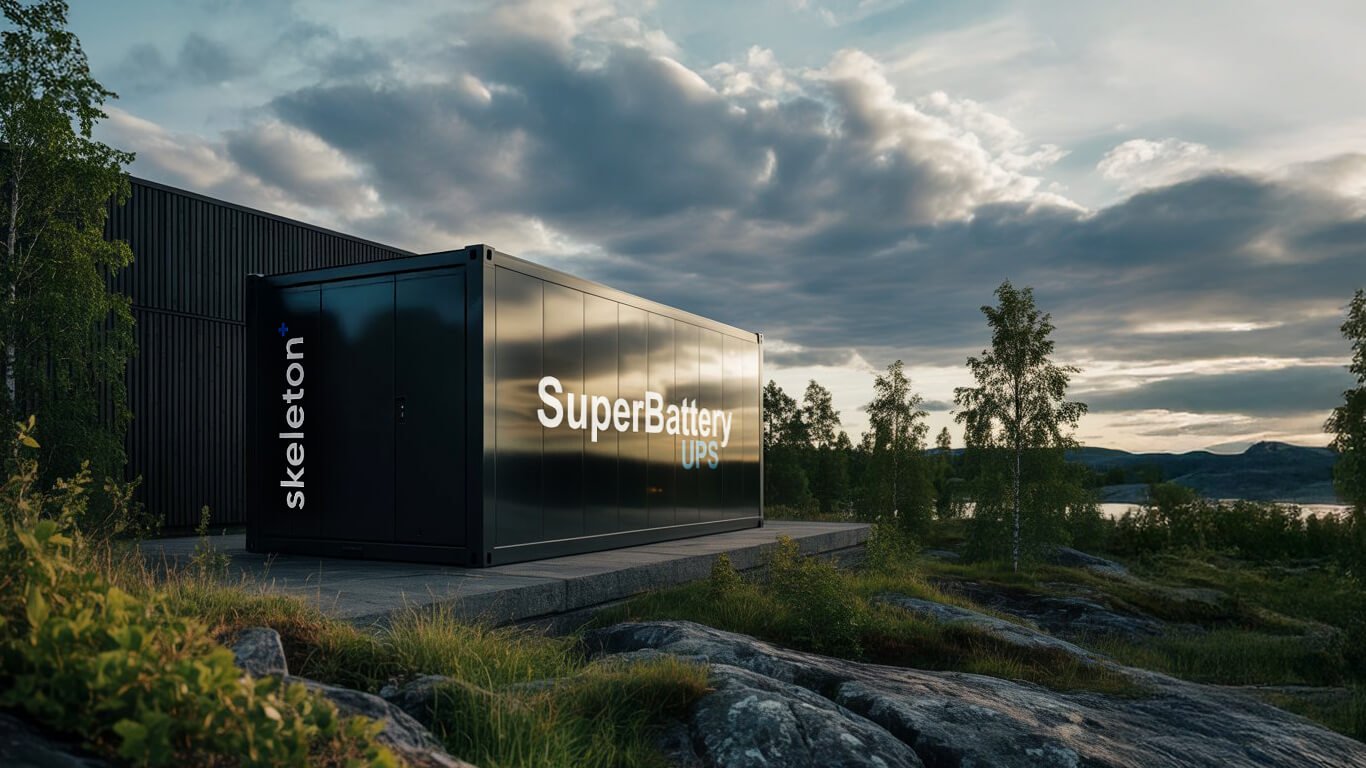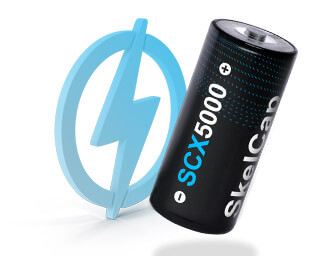
What Is ESR and Why Does It Matter? Part 2

Have you ever noticed how electronic devices such as radios and computers become warm with they are used? That’s because heat is generated when electricity flowing through the device’s electronic components encounters internal resistance.
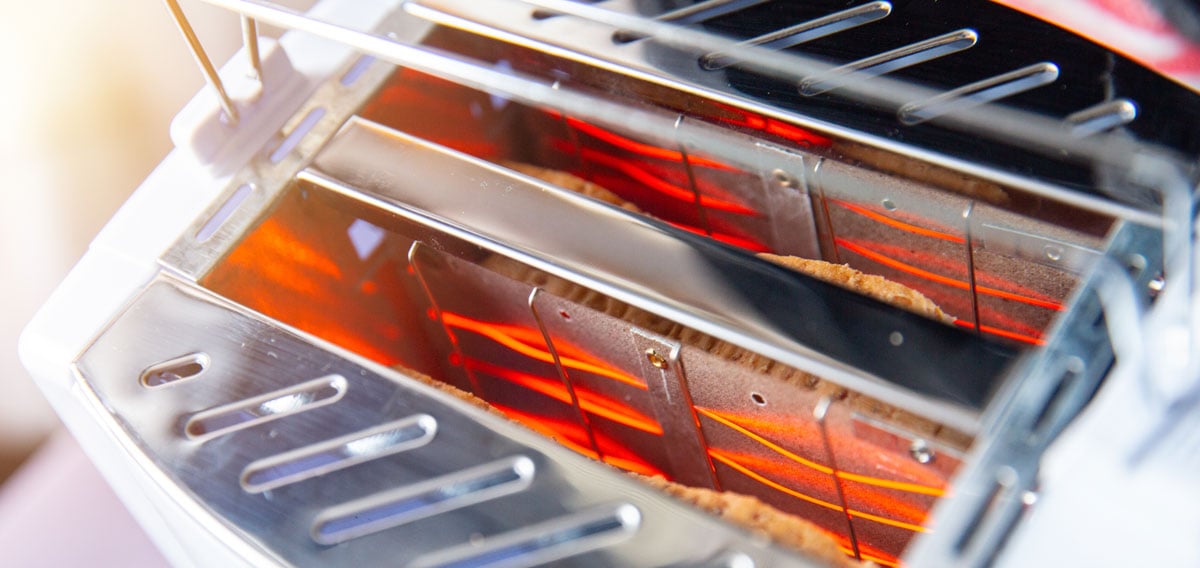
Some appliances, such as toasters, intentionally use high resistance wires to generate heat. For most devices though, the heat represents wasted money and energy.
One type of electronic component, the supercapacitor, is intended to store energy in the form of electricity and then quickly release the electricity when needed. Manufacturers and designers use various terms such as capacitance (Farads), voltage, power, and energy density to describe supercapacitor characteristics. Another important property is the equivalent series resistance (ESR), which is a unit of measurement that describes how much internal resistance exists within the supercapacitor.
If you haven't already, read part one of the ESR blog post here.
ESR has the biggest impact on system efficiency and working temperature. These in turn determine the percentage of energy that can be retrieved from an supercapacitor and the operating temperature, which is the best predictor of an supercapacitor’s lifetime. Engineers attempt to design supercapacitors with the lowest possible ESR to increase both power and lifetime.
Comparing Supercapacitors with Large Differences in ESR
By exploiting material science, capacitor design, and electrode manufacturing innovations, Skeleton’s engineers are able to reduce an supercapacitor’s internal resistance to approximately one-half of that found in our competitor’s equivalent products.
Using a de facto standard, manufacturers commonly quote the ESR values obtained in a 10 ms voltage drop test. However, these values are only relevant for application discharge times below one second. For real-world comparisons, a five-second voltage drop test of a 0.1 Hz alternating current provides a more appropriate ESR value for most applications.
Case Study
A customer wishes to design a system with the ability to deliver 275 kW of power for 10 seconds at higher than 95% efficiency. The nominal voltage range is 425 – 850 V, which is dictated by the minimum voltage requirements of a pair of Yasa 750 motors (approximately 370mm x 90mm in size). No converters may be used.
The main design considerations include:
- The number of cells to be connected in series for the required voltage range
- The supercapacitor size
- The number of strings to be connected in parallel
The number of cells connected in series is easy to calculate. With each cell having a nominal potential of 2.85 V, at least 299 cells are needed.
The number of parallel strings is a tradeoff of heat loss versus cell capacity. The two Skeleton products closest to the design requirements are 300 pieces of 3200 Farad cells connected in a single string, or 600 pieces of 1800 Farad cells connected in two parallel strings.
Option 2 (600 cells of 1800 Farads each) has superior characteristics with nearly 3% higher round-trip efficiency and more capacity. However, it is over-engineered for the purpose, as additional efficiency and capacity beyond 95% and 10 seconds of acceleration assistance for the motors are not seen as design drivers. The added weight, cost, and complexity more than outweigh the marginal benefits to be had from the over-engineered system.
Better Design Leads to Better Results

Supercapacitor products designed by Skeleton Technologies are designed with the adverse effects of ESR in mind. A lower ESR results in less voltage drop, less power loss, and a more efficient system. These translate to a longer application time, more available power and current, and a lower operating temperature that promotes a longer operational lifetime for your application.
